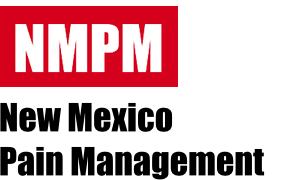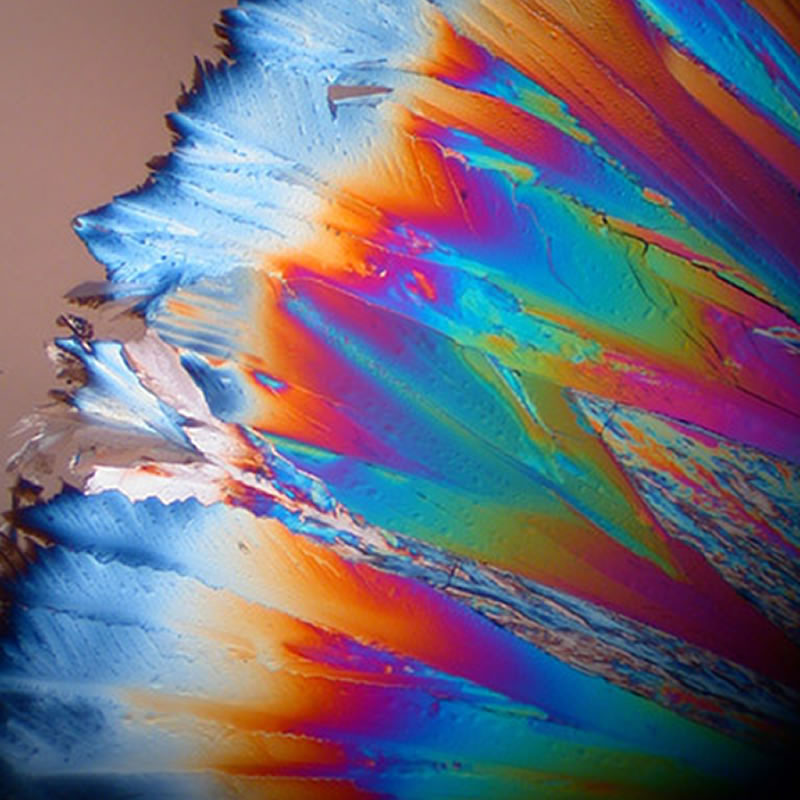For many decades, various mildly irritating substances have been used to essentially replicate injury and initiate a natural growth sequence around the spine and in and around other joints. The prolo in prolotherapy refers to proliferation or multiplication of good, healthy connective tissue cells. This process has also been termed Regenerative Injection Therapy or RIT, non-surgical joint repair, or spine and joint regeneration.
The most commonly injected prolotherapy substance is dextrose, a simple sugar that is approved by the FDA for prolotherapy to stimulate growth and repair of structures in and around joints, including the spine.
The past decade or more has seen emergence of the injection of platelet-rich plasma, also known as PRP. There is wide consensus that injection of PRP is stronger in effect than injection of dextrose. Depending on your terminology then, PRP is thus either a better replacement for prolotherapy, or it is just another, stronger form of prolotherapy. We make PRP even stronger with the inclusion of a high amount of stem cells in the PRP – see the section of this website on PRP Stem Cell Therapy. Still, the use of dextrose prolotherapy can be useful, and at times more convenient than PRP. Some patients have difficult veins for drawing blood required for PRP. Some patients have such a large number of tissues that need coverage that getting enough blood to treat so many areas can be difficult. Some patients have some single tiny, minor area to repair, and it is tempting to treat it much more quickly with dextrose injection than using the lengthy PRP Stem Cell Therapy process each time. So, we still occasionally find some practical value for using dextrose prolotherapy. More commonly we guide patients to using the stronger PRP Stem Cell therapy.
While PRP delivers a very large amount of natural growth factors to the areas of injection, dextrose attracts growth factors to such an area. Either way, new tissue growth occurs in a natural cycle of 3-4 weeks. The process in repeated on a monthly basis until enough collagen is grown in, pain disappears, and the area stabilizes permanently. Dextrose prolotherapy requires more months of procedures than does PRP Stem Cell therapy.
Click on the above triangle to listen to Dr. Jonas Skardis of New Mexico Pain Management, interviewed on KSFR-FM radio on the subject of prolotherapy, PRP Stem Cell Therapy and other forms of interventional pain management (duration: 14 minutes, 54 seconds).
What Tissues Can Prolotherapy Regrow and Repair?
We permanently re-grow:
- ligaments – bone to bone connectors
- tendons – muscle to bone connectors
- meniscus or labrum – fibrocartilage guard rails on edges of joints
- cartilage – cushioning, gliding surfaces within joints
Ligaments are straps that limit bone movement within safe, pain-free boundaries. Worn, loose ligaments are themselves painful, and they cause their own referred pain. Additionally, their laxity eventually hurts surrounding structures, causing osteoarthritis, disc herniation, nerve compression, damage to tendons, and damage to joint cartilage. Greater ligament damage demands the use of PRP Stem Cell therapy.
Tendons are tough tissue that connects muscle to bone. Tendon breakdown may be felt as local pain at the tendon, or referred pain, or as pain and dysfunction in the muscle that the tendon connects to bone. And, when one muscle doesn’t function optimally because of painful, worn tendons, then nearby muscles and joints suffer as well. Greater tendon damage, such as rotator cuff tears, demands the use of PRP Stem Cell therapy.
Cartilage and fibrocartilage (meniscus, labrum) are damaged with injury or worn down in loose ligamented, dysfunctional joints. As cartilage gets thinner, movement irritates surrounding bone edges and eventually leads to bone spurs and other degenerative bone changes. PRP Stem Cell therapy is generally preferred for repair and augmentation of cartilage and fibrocartilage.
Breakdown of these spine and joint tissues is a key source of pain.
Osteoarthritis is a process involving the gradual long-term breakdown of the above joint tissues, especially the loosening of ligaments that hold joints together in a safe package.
Procedures that re-grow the above tissues can eliminate chronic pain permanently.
We intervene with minimally invasive procedures that do not involve open surgery. We can inject sugar (prolotherapy) that attracts your body’s own growth factors. Or, in most cases we find it necessary to inject blood cells (PRP Stem Cell Therapy) that carry larger numbers of growth factors and numerous other healing substances.
This is done in some series of monthly procedures, with each procedure re-growing more and more of the damaged tissue, filling in broken fibers, gradually returning integrity and safe, pain free function to the joint or spinal region being reconstructed. It is an incremental, natural process that is, literally, gardening or farming of collagen, the substance that ligaments, tendons and cartilage are made of.
However, no medical procedure can solve all medical problems. Not every patient is a candidate for our methods. Your eligibility for our methods can be preliminarily assessed in a phone conference with one of our physicians. If you are initially considered a candidate, then a lengthy, thorough initial evaluation and examination in our office can further confirm your prognosis and detail how we may be able to help.
FOR MORE INFORMATION:
Click here for a summary of prolotherapy by K. Dean Reeves, MD, Clinical Associate Professor, Physical Medicine and Rehabilitation, University of Kansas Medical Center, who has taught prolotherapy with Dr. Jonas Skardis of New Mexico Pain Management.
Click here for Sweet Relief, a somewhat more detailed, technical article in the journal Biomechanics, written by K. Dean Reeves, MD.
Click here to read how physicians at Mayo Clinic utilize prolotherapy. The April 2005 Mayo Clinic Health Letter endorsed prolotherapy.
Click here to read a prolotherapy brochure by Ross Hauser, MD, a colleague practicing at Caring Medical in Chicago, IL.
Dr. Hauser is Editor of the Journal of Prolotherapy, www.journalofprolotherapy.com. Read more by Dr. Hauser at www.prolotherapy.org.
Que es la Prolotherapia? Como funciona?
FOR REFERRING PHYSICIANS:
Click here to see or download Dr. Reeves’ Chapter 50, “Evidence Based Regenerative Injection Therapy (Prolotherapy) in Sports Medicine” from The Sports Medicine Resource Manual, Seldenberg P, Beutler A, editors, Saunders Publishing, 2008.
Dean Reeves, MD is Clinical Associate Professor at the University of Kansas. Click here for his summary slides on the topic “Prolotherapy in Not Experimental”, and those slides make reference to studies detailed on his website at this link.
Click here for a review article from 10/15/21.


